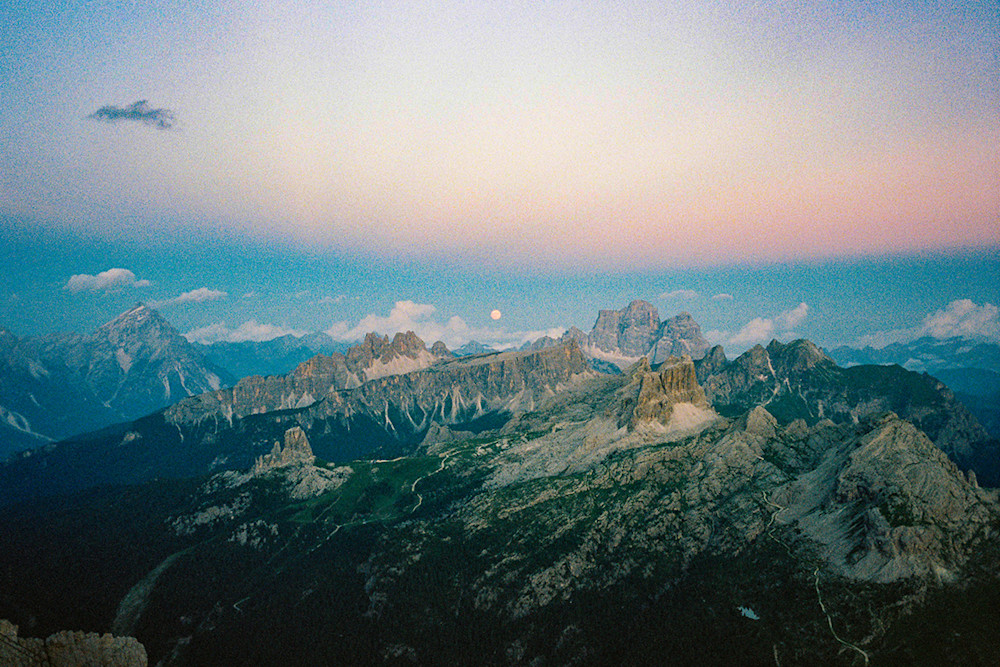From planning and travel tips to backing list and epic photography, here we show all you need to know about the stunning hut-to-hut hiking route
Author
Natasha Chalmers
Photographer
Natasha Chalmers
Camera
Nikon 35Ti, Nikon FG
Film
Kodak Gold 200, Portra 400
Natasha Chalmers is a film photographer from New York City, currently based in Madrid. See more of her work in FM03: HIKE, Field Mag's new photo zine.
I always say the golden ticket to having a good time on the trail is having a sense of humor. And being prepared—prepared for anything. And when it comes to the Alta Via 1 Dolomites hike, these are all essential, especially the planning part.
The Alta Via 1 (aka AV1) is a multi-day hut-to-hut hike in Italy that cuts through some of the most beautiful sections of the Dolomites and takes you past glistening lakes, jagged peaks, and endless meadows of wildflowers. Also known as the Dolomite High Route 1, this public walking trail is notoriously tough—and the altitude makes it even tougher.
Like any good adventure, you’ll hit a ton of road bumps and you will just have to find a way to laugh it off. But let me tell you, for this adventure, I wish I had a better guide from the start, so I put together this AV1 hiking guide to help you avoid the missteps I made.
Read on for a full rundown of Alta Via 1 Dolomites info, pro tips, packing checklist, and more. And remember, proper planning pays off!
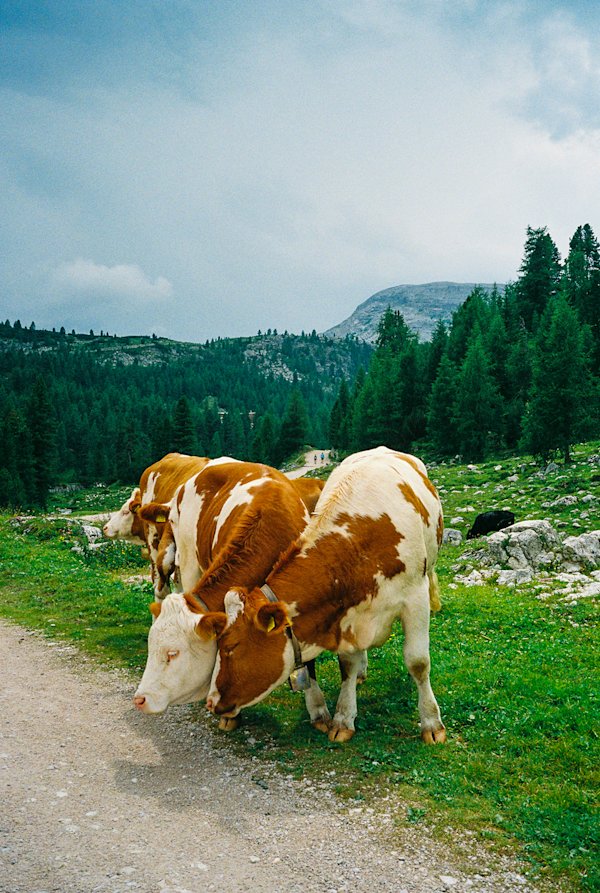
The famous Alta Via 1 in the Dolomites is a roughly 120 km (75 mi) route that runs from Lago di Braies in South Tyrol in the North all the way down South to a bus stop known as La Pissa just outside the picturesque town of Belluno. The AV1 is generally considered moderate to difficult, with approximately 7,400 m ( 24,000 ft) in elevation gain. Most hikers complete the hut-to-hut route in anywhere from 6-11 days. We chose to hike it in nine days, which felt perfect. You can do it in less days, but I wouldn’t. It can also be hiked with a guide, but I enjoyed my self guided Alta experience. What makes this trail so great is being able to take your time to experience the unique beauty of each stage, so having the extra time to complete it without feeling rushed is highly recommended.
The trail is supported by dozens of mountain huts, also known as refugios, that range from basic cabins to super well equipped accommodations. They all have exceptional food, views, and comfortable places to sleep. So you really can’t go wrong with any of them—though be warned, they will make it difficult to imagine carrying days worth of food in your backpack ever again.
My boyfriend Sal and I initially sat down to book our Dolomites Alta Via 1 trek eight months ahead of our target hiking date. And even then we still had to do some frantic emailing, calling, and rescheduling to get the dates we wanted. And just when we thought we had planned everything perfectly, as we started our journey to the trailhead we realized we forgot to purchase bus tickets that had sold out a month prior. Don't do that. Consider this your 100th reminder to make a checklist of all your bookings and triple check it!
Part of planning ahead is also knowing that along the route there are no stores, no ATMs, no official campsites on the main route (though plenty of refugios), and depending on the month, water may be sparse, too.
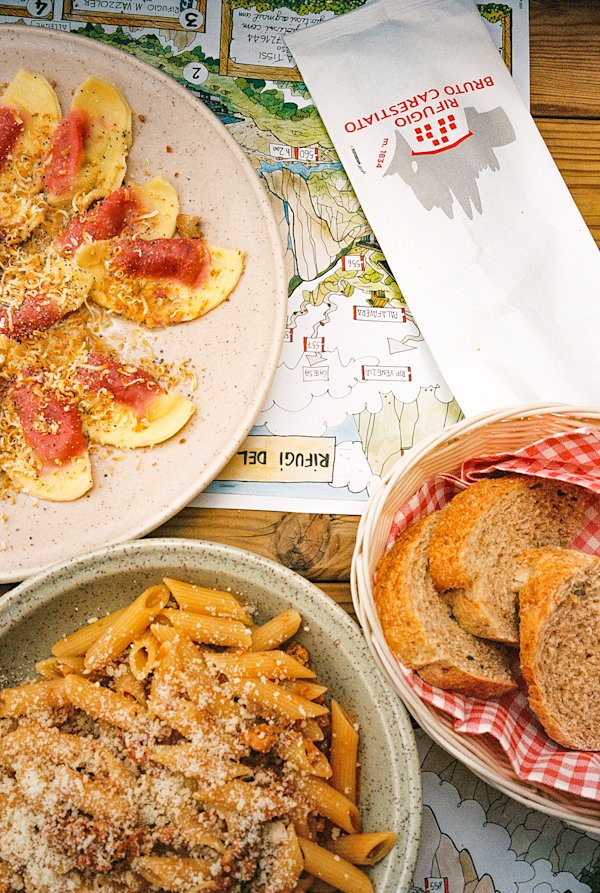
At the end of each long day filled with miles of rugged trail and thousands of feet of elevation gain, you will be greeted by one of roughly 30 wonderful refugios that sit along the route. As mentioned before (and more below), planning is key to a successful AV1 trek, this includes booking rifugi ahead of time, especially if you plan to hike during the peak season from July to mid-September. While some rifugi may have space for walk-up hikers, they often fill up quickly, so plan accordingly.
It's also important to remind that wild camping is generally not allowed on the Alta Via 1 or in most of the Dolomites in general—the region is a protected UNESCO World Heritage site, and there are strict regulations to preserve its natural beauty and ecosystems.
Good news is, if properly booked, the many rifugi offer not only an opportunity to get a good night's sleep but also a great opportunity to eat endless bowls of pasta and plates of polenta with fried cheese. If you’re lucky, you will even come across a local dish known as Casunziei, which consists of the most delicious pillow-like half-moon pasta filled with beets and tossed in butter, cheese, and poppy seeds. If there is anything I can guarantee, it's that you will not go hungry on the AV1.
You will also meet so many wonderful people along the way. Given the nature of the AV1, you may find yourself hiking with the same people the whole way through. We ended up meeting hikers from around the world over the course of our nine days, ranging from a Brazilian couple in their 30s who quit their jobs to travel the world, an unlikely Dutch friendship duo on their annual hiking trip, and a teacher from the US enjoying a self guided Alta Via 1 trek. It was a real treat to meet so many other hikers along the way who were all experiencing the same incredible journey as us.
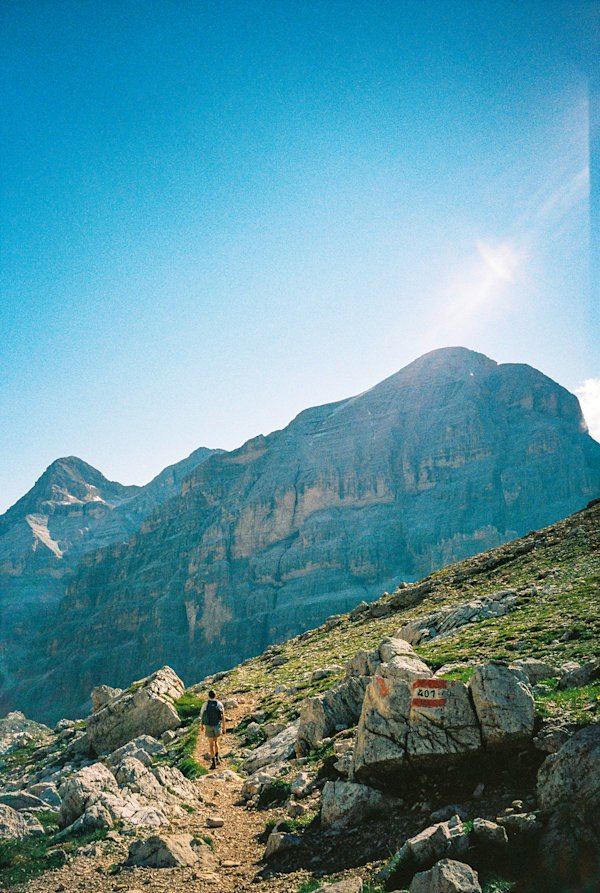
The hiking season for the Alta Via 1 is from mid-June to mid-September. This is when the huts are up and running, and the snow on higher passes has melted. We went the last two weeks of July and I could not have been happier with the conditions. Cool mornings and long, warm days. While you can expect the weather to be quite consistent (sunny mornings and thunderstorms in the afternoon), I would be prepared with layers and rain gear for a range of weather possibilities on the trail. Snow is also very common on the AV1, especially once you approach September. So whenever you choose to go, just know you might need a little luck for good weather and conditions, too.
Below, is the nine day route we chose, with the distance, gain, and rifugios we slept at each night. Keep in mind that there are some variations to each section so you can oftentimes choose to make your days slightly longer or shorter. This is just what we did:
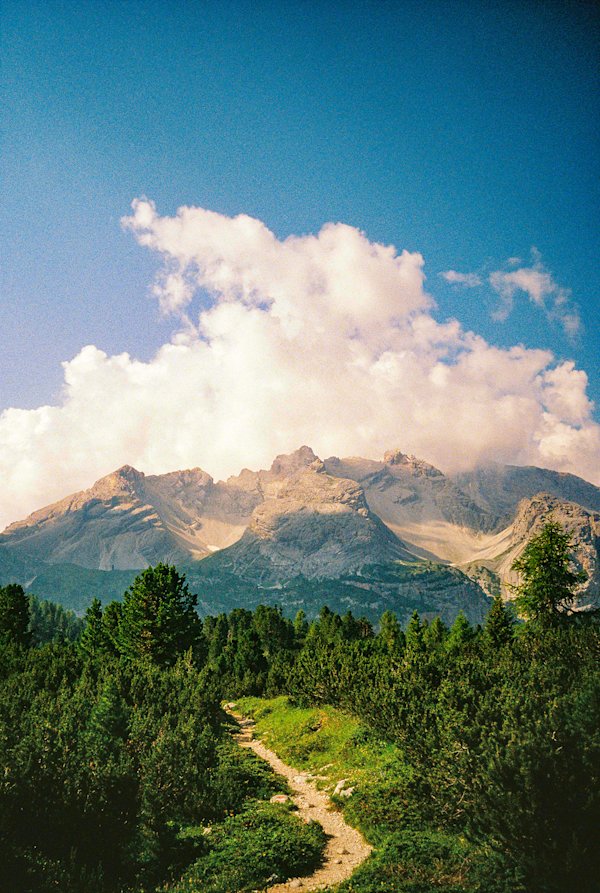
Rifugio Lagazuoi: This is the highest point of the AV1 standing at a whopping 2,752 m (9,029 ft). As you can imagine the views are spectacular from up here and it provides one of the most beautiful sunsets of the whole hike. You can also visit some of the restored WW1 tunnels and Via Ferrata route in the area.
Cinque Torri: The section between Rifugio Lagazuoi and Rifugio Averau takes you past the glorious Cinque Torri (Five Towers). Not only are the natural stone towers themselves absolutely stunning but the scenery in all directions from there is, too.
Lago Coldai: About 15 minutes after you pass Rifugio Coldai you will come across Lago Coldai. The lake itself is stunning and is followed by a really exceptional section of trail that takes you down a path with huge peaks on one side and views down into the nearby towns on the other.
Rifugio Nuvolau: This traditional hut was built in 1883 and sits on a hilltop with 360-degree views of the Dolomites. Pretty wild. (Other huts we did not visit but are reportedly epic include Rifugio Fanes, Rifugio Sennes, which many folks stay at on night one, and Rifugio Tissi, which is not technically on the AV1 but is supposed to be so special many hikers detour to it for a unique visit.)
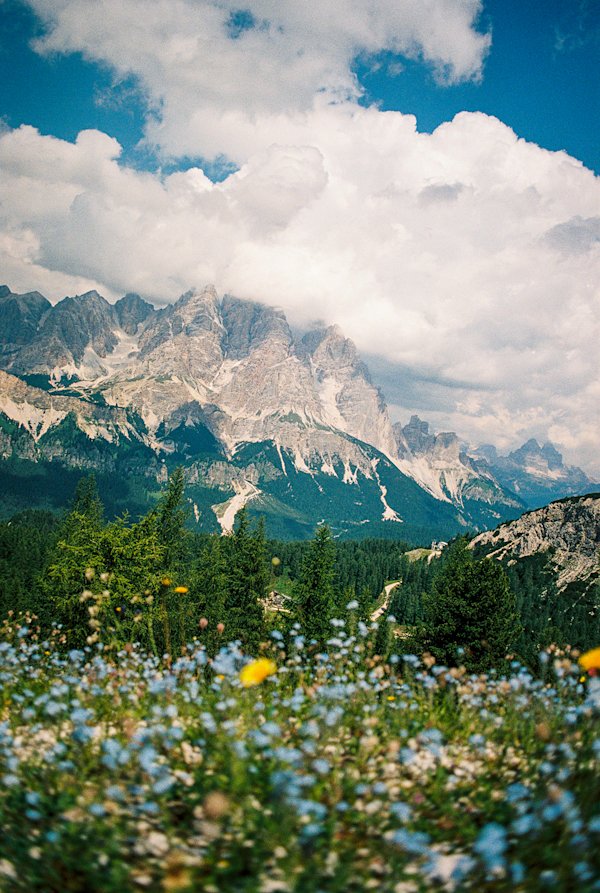
Before packing for the Alta Via 1 Dolomites hike you should consider two important questions: how much money do you want to spend on the trail, and how heavy of pack do you want to hike with. If you're going full vacation mode and plan to enjoy all main meals in each hut you will only need to carry minimal gear (plus plenty of cash to cover hut fees, meals, and misc add-ons). If you plan to cook meals on your own, your pack will be much heavier. Below is a list of essentials to pack beyond your usual hiking kit, leaning on the former option.
Bonus:
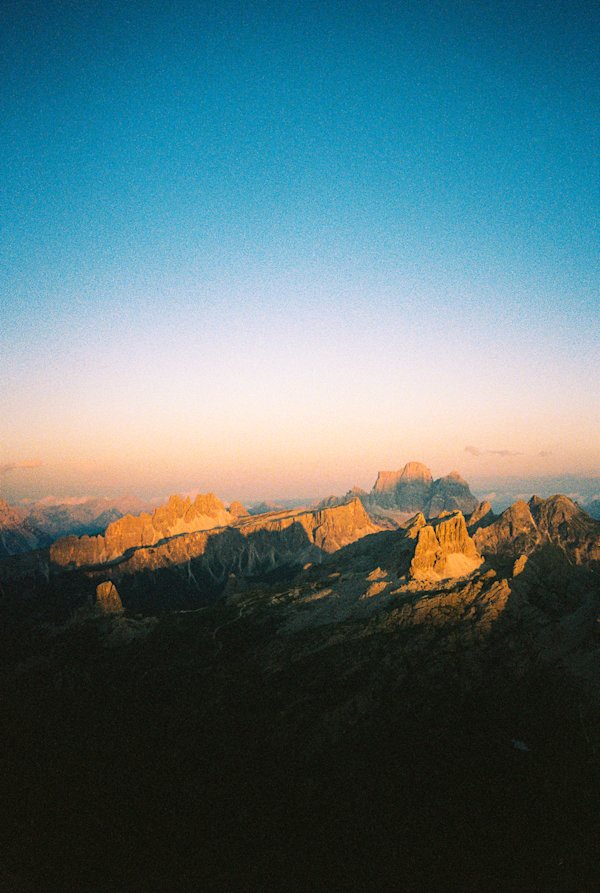
For more hut-to-hut hiking inspo, check out our guides to hut hiking in the Alps, Japan’s hut system, and of course, the famed Tour du Mont Blanc trek. If winter adventure is more your thing, consider the iconic Haute Route from Chamonix to Zermatt.
Published 10-22-2024
Which route to take, what to wear, and all else to know about summiting the tallest mountain in Colorado (and 2nd highest in the continental U.S.)
Tired of plastic Rubbermaid bins, this new company has a novel theory about outdoor gear organization (it's modular and involves lots of accessories)
Located in Chubu Sangaku National Park, the remote Kumonodaira Hut is a hiker's paradise—here's why I spent a week volunteering to help preserve it
Don't let the weather rain on your outdoor parade—here's how to keep your feet warm and dry with the best waterproof hiking shoe options
When out in nature, the question of "what to wear" includes safety and comfort — here's how to choose the right clothing for any kind of weather
Are fancy packs worth the money? Understand the differences between affordable and premium day hiking backpacks to make an informed decision
Gallery Mode
Photographer
Natasha Chalmers
Camera
Nikon 35Ti, Nikon FG
Film
Kodak Gold 200, Portra 400

